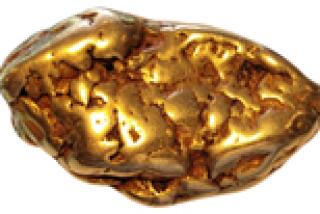Owner of Stolen Jewels Calls Scavenger a $10,000 Gem
- Share via
She was so pleased that a stolen purse containing her jewelry was returned that Maria de la Rosa wants to “adopt” the elderly woman who found it while rummaging through trash. De la Rosa, 47, a psychologist at the Daytona Beach Community College in Daytona Beach, Fla., already has given the finder, Ellarar Hudson, 72, a month’s worth of groceries and spending money as a token of her appreciation. Hudson, who helps support herself by collecting aluminum cans, was at a playground a block from her home when she found De la Rosa’s purse in a paper bag. The purse, which had been stolen from De la Rosa’s office, contained a pink case holding $10,000 worth of jewelry, including a diamond ring and sapphire earrings that had been destined for a safe-deposit box. The only thing missing was $35 in cash. “My doctor told me to walk a half-mile in the morning, a half-mile in the afternoon and a half-mile in the evening,” explained Hudson, who makes about $15 a week collecting cans and doesn’t plan to give it up, adding that she didn’t mind being “adopted.”
--Shel Silverstein and his entire nonsense menagerie--including Mrs. McTwitter (the baby sitter, who’s “a little bit crazy; she thinks a baby sitter’s supposed to sit upon the baby”) took a jaunt into the record books. Sunday marked the 112th week that Silverstein’s book of poetry and drawings for children, “A Light in the Attic,” has been on the New York Times best-seller list. That’s longer than any hard-cover book in the 50 years the list has existed. The reclusive author--who also tells of polar bears in Frigidaires--is a songwriter who wrote country singer Johnny Cash’s best seller “A Boy Named Sue.”
--Singer Lena Horne wept upon receiving the Paul Robeson award for furthering civil rights through the arts, saying that before she met him, “I was just existing.” The award presented in New York by the Actors’ Equity, recognized Horne’s career from her debut as a 15-year-old dancer in the chorus lines of Harlem’s Cotton Club. Horne, 67, said she felt her color rendered her “invisible” until 1940, when meeting Robeson taught her that black artists could blaze trails for their race. “Until I knew Paul, and he was in my life, I had no schooling, I had no understanding about being an artist, I had no understanding about human beings--I was just existing,” she said.
More to Read
Sign up for our Book Club newsletter
Get the latest news, events and more from the Los Angeles Times Book Club, and help us get L.A. reading and talking.
You may occasionally receive promotional content from the Los Angeles Times.







